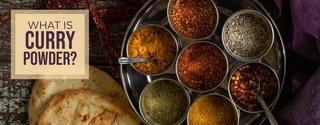What Is Curry Powder?
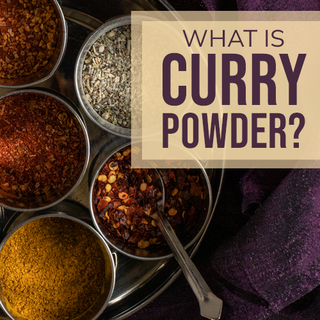
What Is Curry Powder?
Curry powder is a complex mixture of spices and herbs blended to help cooks create dishes known as curries. The word “curry” can be confusing because curry is both a type of meal and a category of spice blend. A curry dish is an intensely seasoned union of vegetables and, often, protein simmered in a thick gravy. Curries have a rich, intense taste, no matter from where in the world they originate. Curry is usually associated with Indian food, though it is also found in Asian and Caribbean cuisines.
Curry powders are blends created to season curries. Despite the presumption that they are traditional Indian dishes, curry powders were not developed for Indian kitchens. Pre-mixed curry powders and pastes were created for British cooks in the 1700s to cater to the taste of British soldiers who had been stationed in India and came to love the rich flavors of Indian food. Curry powders can be made spicy with hot chile peppers, but that’s not a requirement.
What Is Curry Spice?
Indian-style curry spice, or curry powder, is made of pungent, earthy spices commonly found in India. Many of the world’s most sought-after spices—including black pepper, the king of spices—grow in India’s tropical environment. Spices like cinnamon, cardamom, and turmeric are indigenous to the Indian subcontinent and have been used for thousands of years. Other spices, like chile peppers and garlic, were quickly adopted into Indian cuisine as they were brought in via trade or conquest.
Indian cooks had centuries of experience learning to cook with these spices, so they became experts at selecting from the spices available and mixing them to create meals with a balanced flavor. Homemade blends are terrific if you’re accustomed to the spices you’re working with. Knowing one’s products means understanding how to work with each ingredient, which allows the cook to cater a dish to personal preferences. Even with a traditional Indian spice blend, like Garam Masala, there are as many versions of that blend as there are home cooks in India.
Working with Indian spices might be daunting, though, for cooks unfamiliar with these ingredients. To answer that need, Indian-inspired spice blends and seasonings were created. While these pre-mixed blends are not as readily adaptable as a hand-mixed blend, they are designed to deliver the flavors associated with specific curries. Thus, a Vindaloo blend should always be spicy, and a Madras powder has the flavors preferred in India’s hot southeastern region.
Indian Curry Spices
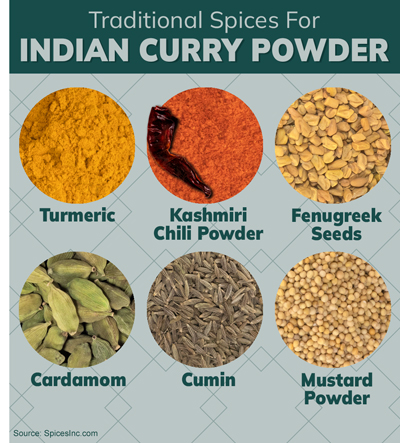
Different kinds of curries are defined by what spices are in them. The primary ingredient in most Indian curry powders is bright yellow turmeric. Turmeric is earthy, musky, and warm, and delivers great depth to curries with no heat.
Indian curry spices are usually a blend of:
Kashmiri Chile Powder – this chile has a terrific, rich flavor without much heat. It helps create a peppery base of flavor, which leaves plenty of room for other chiles if you want to spice it up a little.
Fenugreek – imparts a strong maple-meets-butterscotch fragrance and a nutty, semi-bitter flavor.
Cardamom – Minty, peppery, and with citrus notes, green cardamom helps lighten up the deep, earthy flavors that dominate curry powders. However, smoky and resinous black cardamom does make an appearance from time to time.
Mustard – with their pungent flavor and spicy backbone, mustard seeds help build the heat in a wide range of Indian-style curries.
Cumin – delivers bold, bittersweet earthiness with lemony overtones that add bright contrast.
Because curries are complex dishes that differ according to regional styles and tastes, numerous other spices can be found in a curry. They are:
Black Pepper – bold, spicy, citrusy
Coriander – citrusy, sweet, with notes of pepper
Fennel – licorice-like, sweet, with lemon top notes
Cinnamon – woodsy and warming, with hints of pepper
Caraway – sharp, bitter, and fades into a buttery flavor
Hot Chile Powders – Use your preferred chile pepper to deliver the heat and flavor you want
Ginger – Peppery, sweet, with a bold lemon finish
Garlic – Sharp, pungent, and mustard-like
Star Anise – Peppery, licorice-y, with aromatic hints of clove
Asafoetida – Notes of onion and garlic; it’s used as an umami flavor enhancer
Curry Powder in Thai and Asian Cooking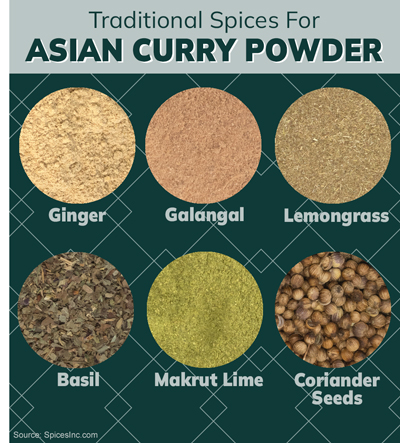
Many Asian countries have long traditions of spicy, stew-like dishes resembling curries. Spicy Thai curries are now popular in western countries. Originally called kaeng, this dish became known as a curry after Thailand opened up to trade with the west. Thai curries are usually lighter, sweeter, and more citrusy than Indian curries.
Staple spices that can be found in Thai curries are:
Ginger – has a sweet and peppery, up-front boldness that’s topped off with notes of lemon
Galangal – tastes like a blend of ginger and cardamom
Lemongrass – Tart and peppery with notes of mint
Basil – This herb is sweet and anise-y, with peppery bottom notes and a hint of mint
Makrut Lime – Floral and unapologetically lime-flavored
Coriander – Nutty, warm, and sweet, with notes of orange and lemon
To round out the flavors in Thai cooking, you may also find these spices in a Thai curry:
Hot Chile Powder – Chiles in Thai cooking are usually selected for their emphasis on heat rather than on flavor
Dried Shallots – Aromatic and sweet, like mellow garlic
Cumin – Earthy, bittersweet, lemony top notes
Garlic – Sharp, pungent, mustard-like
Coconut Sugar – Fruity, caramel-like, sweet
Tamarind Powder – Tart, fruity, woodsy backnote
Curry Powder vs. Garam Masala
Unlike curry powders, which were created for British consumers, Garam Masala is a traditional Indian spice blend that can be found all over the Indian subcontinent. Garam Masala does not have the distinctive yellow of turmeric and is not a spicy blend; it’s made with ingredients like cinnamon, cloves, and cardamom, so the flavors are intensely bold but not hot.
Garam Masala has historical roots in the medical traditions of ayurveda. It was developed in the colder, mountainous northern part of India as a “warming” blend. It was made to help raise metabolism and help keep the person who eats it warm against the chill of the mountains. Garam translates as “warm” or “warming” and masala means spice blend or mix.
Technically, all curry powders are masalas, but not all masalas are curry powders.
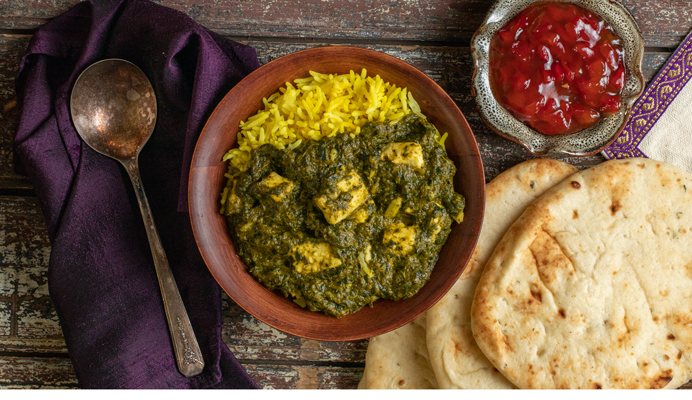
How to Use Curry Powder
To use Indian-style curry powder, add it to dishes that simmer over low heat or will braise in the oven. This allows the flavors of the spices to emerge into the dish during cooking. You can “wake up” the taste of curry powder by adding it to the vegetables used as a base of flavor in a curry and briefly saute them together until the fragrance rises. Still, the bulk of the flavor should come from a slow and steady cooking process.
Since Thai curries use lighter, brighter ingredients, they can be cooked more like stir-fry. They will still need a little time to simmer so the dish can be fully infused with flavor, but their cooking time is nevertheless shorter.
Whether you’re looking to make Indian-style or Thai-style curry, these dishes deliver big, bold flavors in satisfying comfort. Curries are versatile and adaptable to just about any taste and dietary preference; they’re perfect for vegetarians, meat-eaters, or cooks looking to use up some leftovers. Using ready-made curry powder is a shortcut to getting these dishes, loved worldwide, onto your table.

